When to Replace Your Roof: Key Signs It’s Time for an Upgrade
Your roof might not be something you think about every day, but it plays one of the most important roles in your home. It shields you from rain, wind, snow, and sun while also helping to maintain the temperature inside your house.

Just like any other part of your home, though, a roof won’t last forever. Over time, it naturally wears out and starts showing signs of aging or damage. If these signs go unnoticed or ignored, you could end up with costly repairs inside and outside your home. That’s why it’s so important to recognize the warning signals early.
In this article, we’ll walk you through the most common signs that your roof needs replacing. We’ll keep it simple, easy to follow, and full of tips you can use without needing to climb a ladder. Knowing what to look for can help you stay ahead of major issues, avoid expensive fixes, and keep your home safe and sound.
Your Roof Is Over 20 Years Old
Age is one of the clearest and easiest signs that it might be time to replace your roof. Most asphalt shingle roofs, which are the most commonly used in homes today, have a typical lifespan of about 20 to 25 years. If your roof is more than 20 years old, it’s likely nearing the end of its life. Even if everything looks okay from the ground, the materials could be weakening underneath. Sun exposure, storms, and seasonal changes slowly take their toll over time, wearing down your roof’s ability to protect your home. You might not see visible damage right away, but that doesn’t mean everything is working as it should. Sometimes problems start from inside, or they begin with tiny issues that grow over time. If you’re not sure how old your roof is, try checking your home records or asking your realtor or previous homeowner. Read more on this topic here: https://medium.com/@Darren_Cormack .
You Notice Shingle Damage
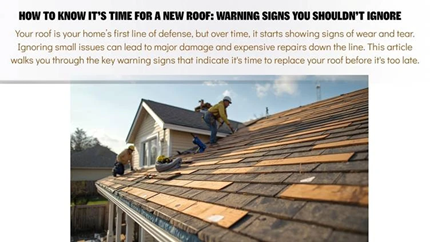
The condition of your shingles is one of the most obvious indicators that your roof may need some attention. Shingles are the first layer of protection for your home, and they should always lie flat and be fully attached. If you notice that shingles are curling, cracking, buckling, or even missing, it’s a clear sign of wear and tear. Wind and heavy rain can loosen shingles over time, especially if the roof is already aging. You might also notice shiny spots or bare areas where the granules have worn away. This is another signal that your shingles are no longer doing their job properly. And when shingles begin to fail, the layers beneath them are left vulnerable to moisture, mold, and structural damage. Sometimes the damage can be seen from the ground, but in many cases, it’s better to use binoculars or have a roofing expert inspect things up close. Don’t ignore these early warnings—they’re your roof’s way of saying it needs help. Check out our detailed guide: https://issuu.com/kompaqroofing.com.au
Here are five common signs of shingle damage to watch for:
- Curled or cupped shingle edges
- Cracked or brittle shingle surfaces
- Bald spots with missing granules
- Dark or wet-looking patches that don’t dry
- Entire shingles blown off or displaced
If you spot any of these signs, it’s smart to take action sooner rather than later. Ignoring damaged shingles is like ignoring a hole in your umbrella—it only gets worse.
You’re Seeing Signs of Leaks or Water Damage
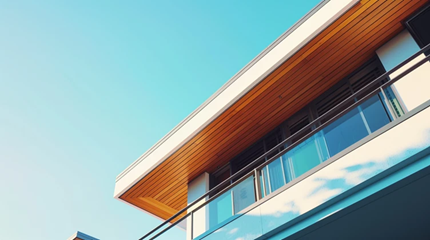
Water damage is one of the most obvious and serious signs that your roof needs attention. When a roof starts to fail, even just a small leak can lead to big problems inside your home. Leaks often show up as stains on your ceiling or walls. These stains are usually brown, yellow, or rusty in color, and they may appear after a heavy rain. You might also notice peeling paint, bubbling plaster, or a musty smell that won’t go away. These are all clues that water is sneaking in where it shouldn’t be. In many cases, the source of the leak is hard to see from the inside, because the water can travel along beams and surfaces before it becomes visible. That’s why even small signs should be taken seriously. A single leak can grow fast if it’s not repaired, and it can damage insulation, wood framing, and even your wiring. Over time, leaks that are ignored can lead to mold, rot, and serious health issues in the home. Explore our full analysis here: https://www.keepandshare.com/doc9/32103/kompaq-roofing-in-adelaide-how-the-company-handled-a-roof-replacement .
Comparison of Roofing Materials
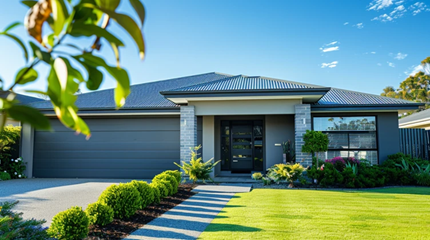
| Roof Type | Average Lifespan | Maintenance Level |
| Asphalt Shingles | 20–25 years | Low to Medium |
| Metal Roofing | 40–70 years | Low |
| Clay Tiles | 50–100 years | Medium to High |
| Wood Shakes | 25–30 years | Medium |
| Slate Roofing | 75–100+ years | Low to Medium |
| Synthetic Roofing | 40–50 years | Low |
Look Out for These Water Damage Signs
Leaks don’t always look like dripping water. They can be subtle or hidden behind walls and ceilings. The sooner you recognize the symptoms, the easier it will be to prevent larger problems.
Six signs that point to roof-related water damage:
- Stains or discoloration on ceilings or walls
- Peeling paint near rooflines or vents
- A consistent musty or damp smell in the attic
- Visible water dripping during storms
- Soft or sagging spots in the ceiling
- Mold or mildew forming around upper walls
If you’re experiencing any of these symptoms, it’s time to have your roof checked by a professional. You might hope for a small fix, but if the problem has been going on for a while, a full replacement may be the safer and more effective option.
You See Sagging or Dips in the Roofline
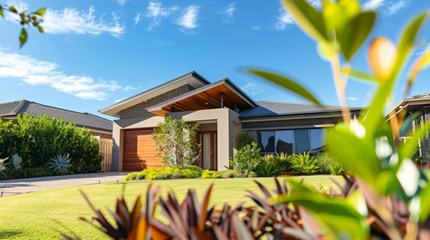
A healthy roof should look straight and solid when viewed from the ground. If you notice that any part of your roof is sagging or dipping, that’s a serious red flag. Sagging often means that there’s underlying damage to the structure—usually caused by water or rot. The wood under the shingles, called the decking, can soften and lose strength over time. This can cause entire sections of your roof to sag, creating a warped or uneven look. Not only is this unsightly, but it can also be dangerous. A sagging roof is under stress, and it may not hold up well during heavy rain, wind, or snow. This issue doesn’t fix itself—it only gets worse over time. If caught early, some sagging sections can be repaired. But in many cases, a sagging roof is a sign that it’s time for a complete replacement.
Your roof does a lot more than just sit on top of your house—it protects everything inside it. From age and weather to hidden leaks and sagging beams, your roof gives clear signs when it’s no longer doing its job. Catching those signs early can save you time, money, and stress in the long run. Whether it’s shingles falling apart or water spots creeping across your ceiling, ignoring roof problems never ends well. A new roof might feel like a big investment, but it’s one that pays off in peace of mind and home value. Plus, with today’s energy-efficient materials, a new roof can also lower your utility bills. Don’t wait until the damage gets worse. If your roof is over 20 years old or showing multiple signs of trouble, it’s time to take action. Call a trusted roofer, get a professional opinion, and make a plan. Your home—and your future self—will thank you for it.
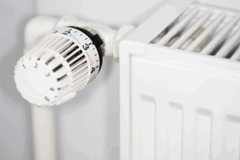

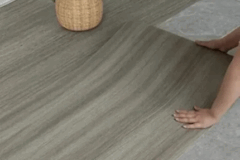

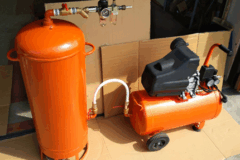
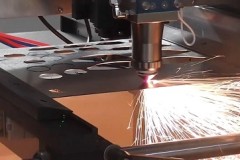
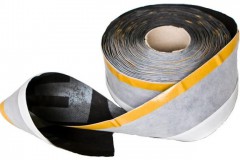

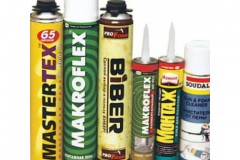

Оставить комментарий